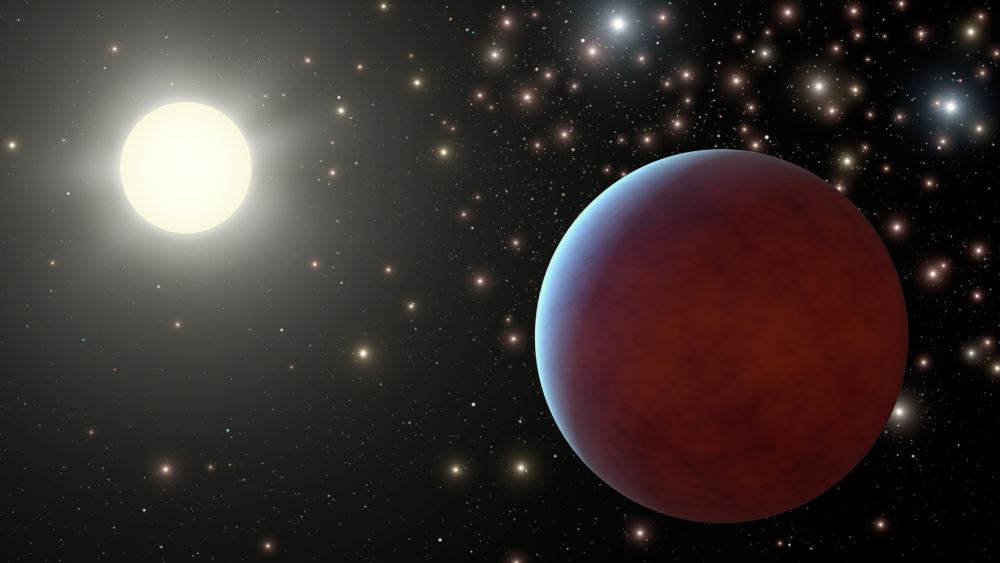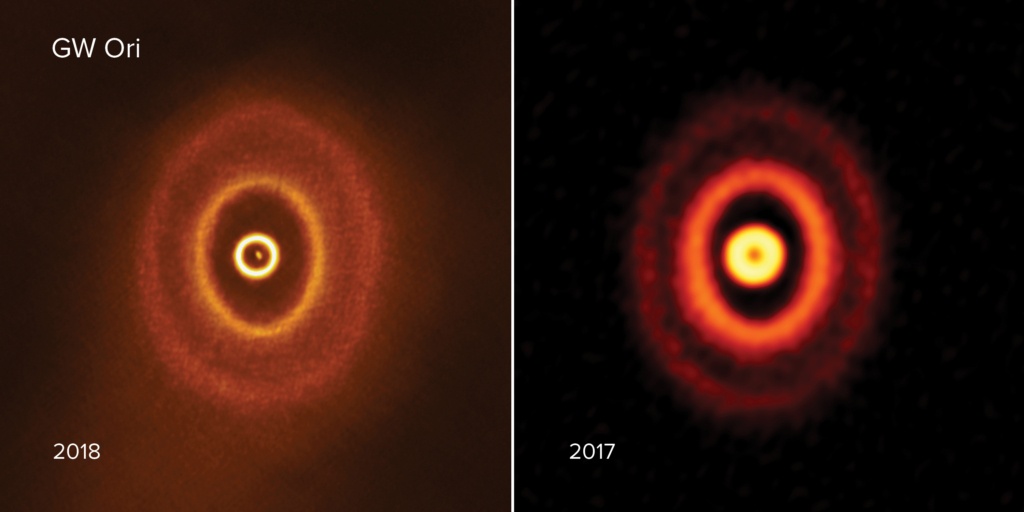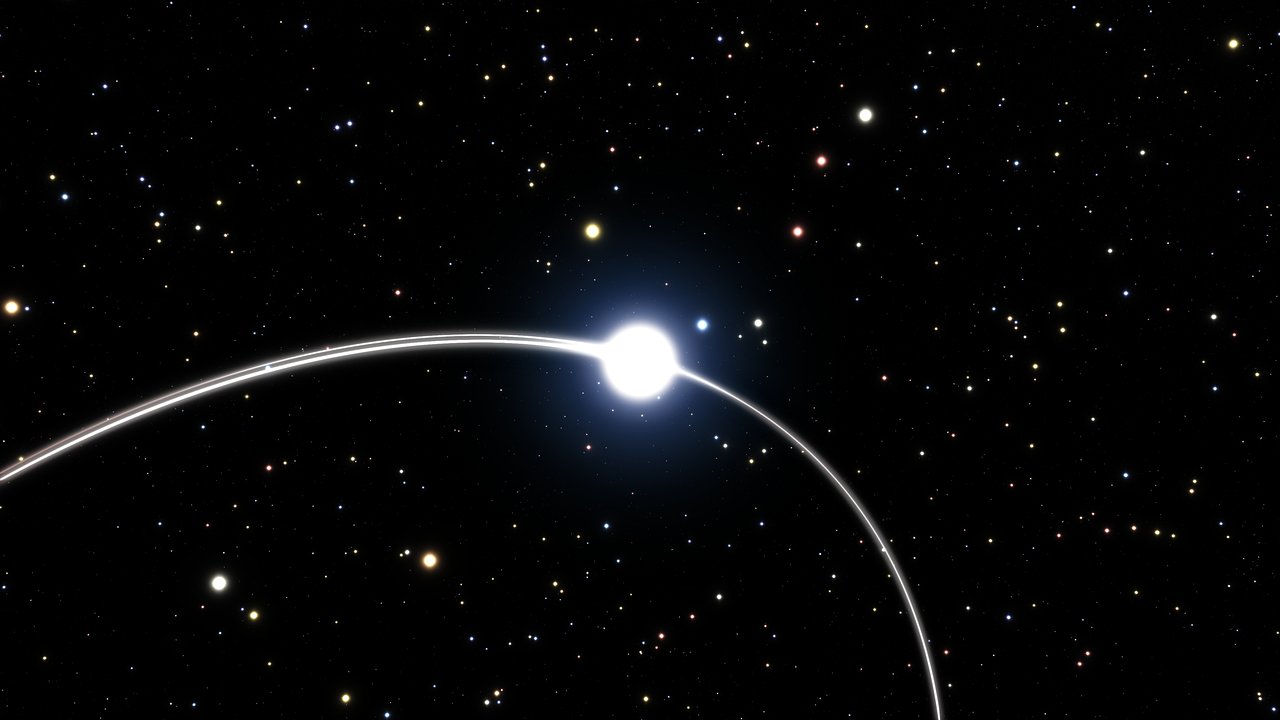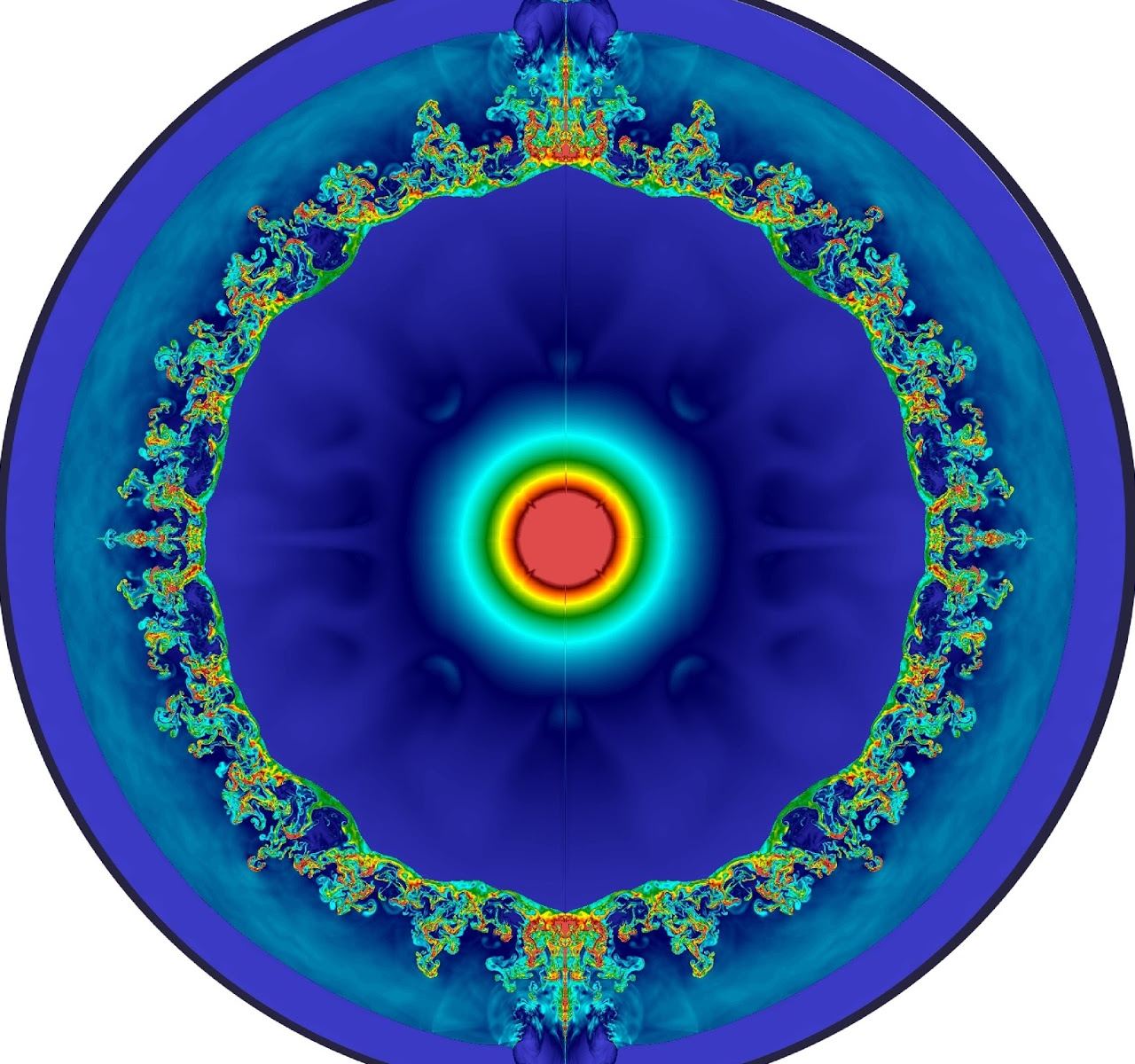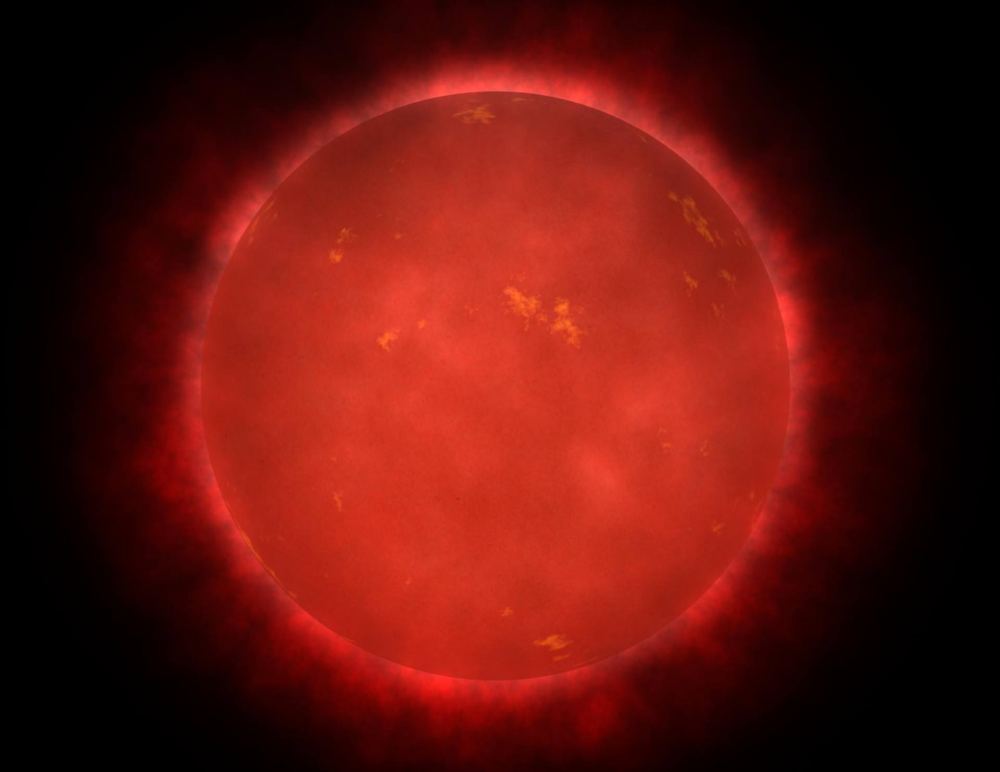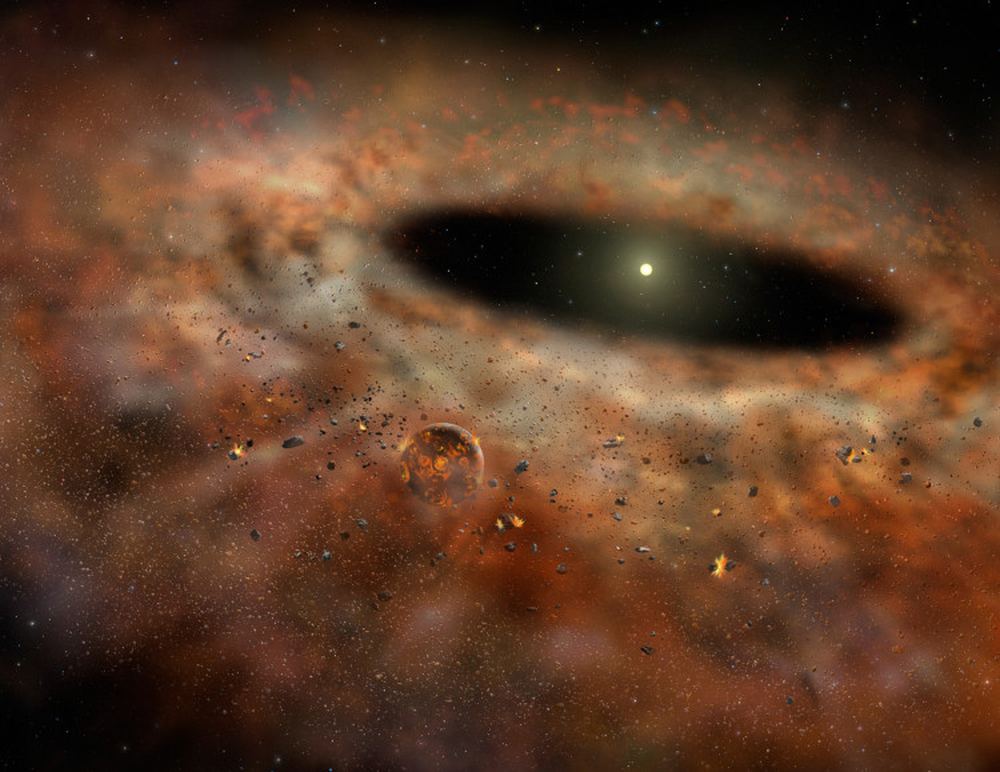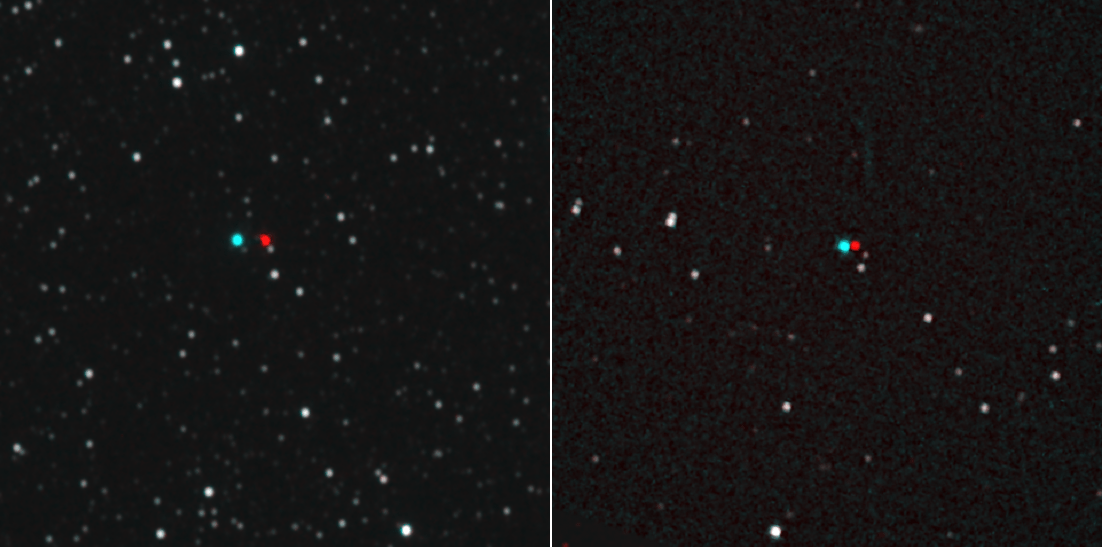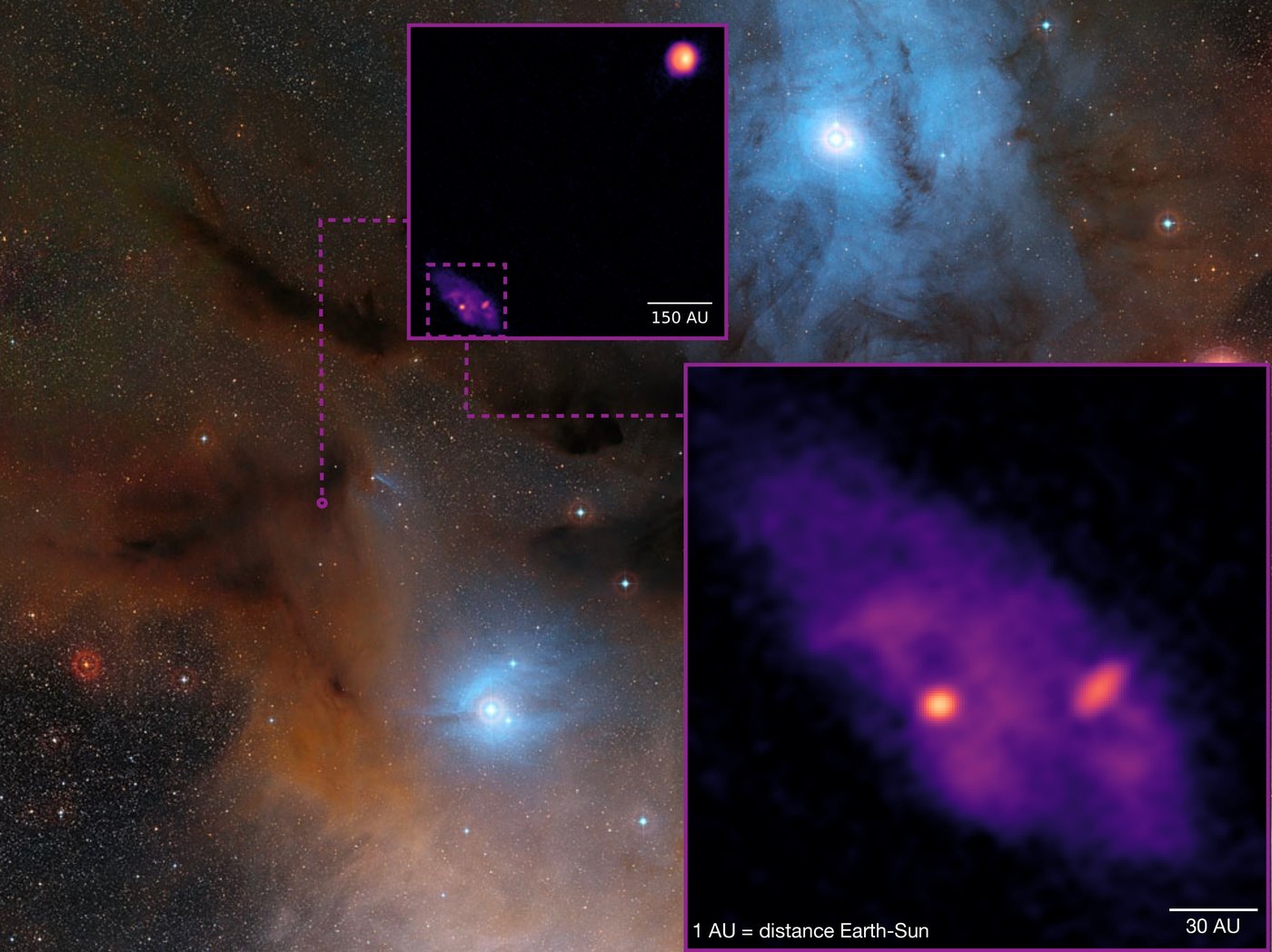The Search for Life can be a lot messier than it sounds. The three words make a nice, tidy title, but what it entails is extraordinarily difficult. How, in this vast galaxy, can we find life and the planets or moons that might host it? We’re barely at the point of either discovering or ruling out other life in our own Solar System.
Finding it somewhere else in the galaxy, even in our own interstellar neighbourhood, is a task so daunting it can be hard to comprehend.
So any time scientists think they’ve found something that can give them an edge in their near-impossible task, it deserves to be talked about.
Continue reading “Searching for Phosphorus in Other Stars”
